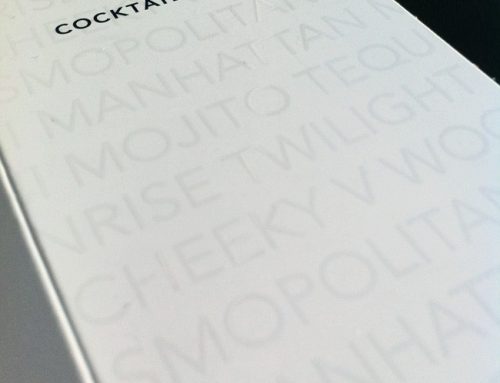In todays world, business is extremely competitive and its easy to pop down to your local printers, have 5000 flyers designed, printed and distributed. But if someone asked, what return did you make on the investment of flyers, would you know? Like any marketing, it is important to be able to measure your marketing activity. Monitoring websites is made easy with the likes of Google Analytics and print should be just as easy. As an example; we’ll base three steps on the design of a flyer that a local plumber wants to put through peoples doors.
Design
This doesn’t just incorporate your logo, suitable images and text; it is the actual content that is key. Some important questions are:
1. What is the profile of the intended target audience? Retired individuals or young families?
2. What do you want to say?
3. What do you want to achieve with the flyer? Do you want to build your customer list, generate awareness or sell a product.
4. How to you intend to generate a response to your message? Maybe offer a free boiler audit, maybe a free water saving device for each toilet or some key information on how people can save money on heating. Use codes that must be quoted either on the phone or online to redeem the offer.
Shop around for print but consider your brand image. For a plumber a glossy or silk stock would suitable, a slightly heavier weight would give the impression of a quality service, a flakey thin stock may find itself easier into the recycling. However, a company selling an organic product may want to consider an uncoated stock to give more of an earthy feel. An engineering firm may use a silk stock with the addition of spot uv – a gloss varnish that can be used as a design element to give a gloss effect against the flatter silk. This is perfect to enhance images, brand elements or create subtle patterns or textures.
You could also use a die-cut to create a specific shape; a customer recently printed a “do not disturb” door hanger shape as an oven cleaning reminded card intended for customers to hang on the handles of oven doors or nearby kitchen cabinets.
Once printed, it’s time for delivery. There are many ways to deliver flyers, mainly dependent on the quantity and who you’re looking to target. Local, regional and national newspapers, magazines, mail order companies, hand deliveries etc. In this modern day, always ask the designer for a pdf so you can share the flyer via social media, on your website via email; more cost effective ways of spreading the message. If possible, ask your designer to create additional codes so you can measure where responses are being generated.
Measure
Continually measure the effects of the flyer. Has website traffic increased? Have sales increased? Has the flyer achieved what was intended to do? Did it go out at the right time? Was it delivered to the correct recipients? What would you do differently next time?
Remember, design, print measure.
Andy


